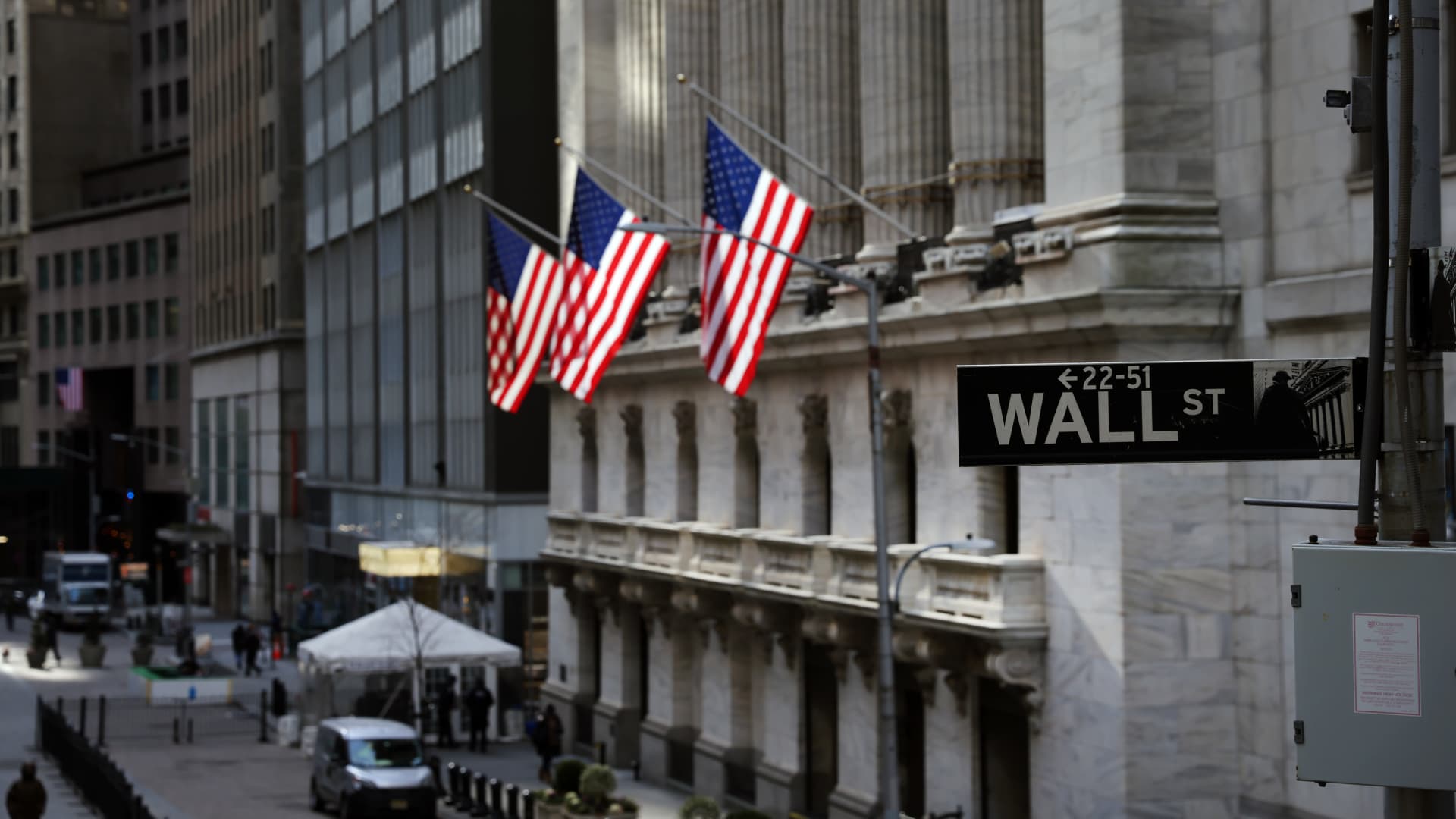It is not uncommon for a company’s stock price to fluctuate significantly based on changes in its CEO. Mary Dillon, who had a successful tenure at Ulta Beauty, experienced a 20% increase in Foot Locker’s stock price when she was appointed as its CEO. This demonstrates the significant impact a CEO can have on a company’s direction and market perception. In fact, McKinsey & Co estimates that up to 45% of a company’s performance is linked to the influence of its CEO. Therefore, when evaluating the leaders of our holdings at the Club, we consider five important factors.
1. Capital Allocation: Evaluating a CEO’s track record of spending the company’s money is crucial. Have they made wise decisions that have added value for shareholders? This includes assessing their acquisition strategies, internal investments for organic growth, dividend payouts, and stock buybacks. Well-managed businesses generate enough cash to support steady dividend payments and share repurchases, which can benefit shareholders. However, each capital allocation strategy has its pros and cons, and it’s up to the management team, led by the CEO, to choose the right mix that maximizes shareholder value. Jim Cramer has long advocated for buybacks and dividends when picking stocks, and most of the stocks in our portfolio offer at least one of these options.
2. Navigating External Pressures: While CEOs have significant power, they cannot control the global economy. They will inevitably face challenges like economic slowdowns. How a company responds to these external pressures is crucial. For example, Starbucks faced disruptions due to the pandemic but adapted by focusing on drive-thru, mobile orders, and delivery to continue serving customers. This flexibility and ability to make tough decisions to protect the company in the long run are essential. Similarly, CEOs like Marc Benioff and Mark Zuckerberg at Salesforce and Meta Platforms respectively have responded effectively to investor pressure during periods of slowing revenue growth, making difficult decisions to boost profitability. Humana CEO Bruce Broussard also demonstrated impressive decision-making by course-correcting after a stumble and investing in an improved Medicare Advantage offering that resulted in significant growth.
3. Customer-Focused: Satisfying customers is crucial for any company. Establishing customer loyalty leads to increased revenues and shareholder returns. Craig Jelinek, CEO of Costco, is a prime example of a customer-driven leader. Costco aims to provide low prices and consistently aims not to increase prices, even with rising inflation, resulting in record membership renewal rates. This customer-centric approach has also been evident in companies like Amazon and Apple.
By considering these key factors, we can better assess the quality of CEOs and their potential impact on a company’s performance. A CEO’s leadership may not immediately reflect in a stock’s day-to-day performance but making effective capital-allocation decisions, navigating external pressures, and prioritizing customer satisfaction will eventually contribute to long-term success and positively impact stock prices.
Denial of responsibility! VigourTimes is an automatic aggregator of Global media. In each content, the hyperlink to the primary source is specified. All trademarks belong to their rightful owners, and all materials to their authors. For any complaint, please reach us at – [email protected]. We will take necessary action within 24 hours.


